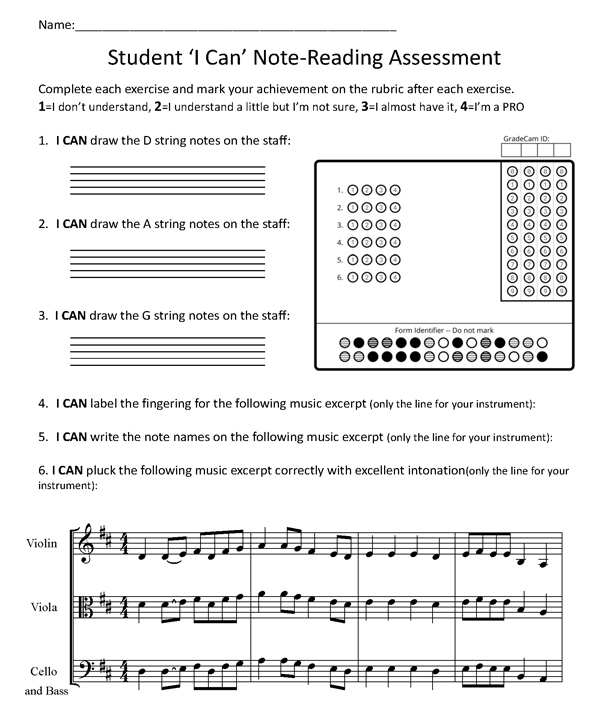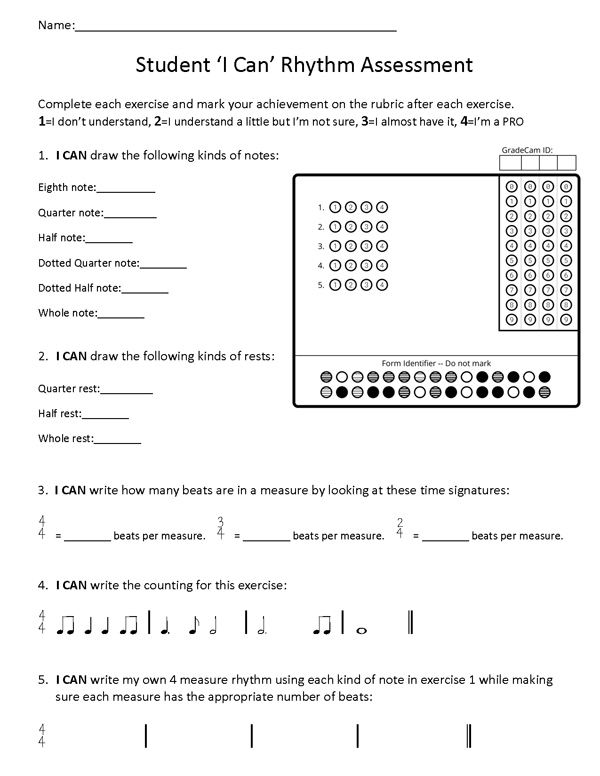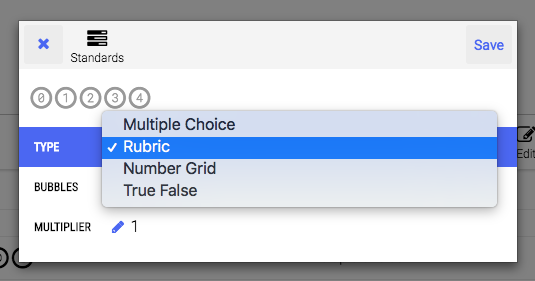Music Teacher Grades Rubric Assessments Instantly


Rubric assessments and instant grading top one enthusiastic music teacher’s charts. Angela Harman, an orchestra teacher in Spanish Fork, Utah, tells GradeCam how the rubric question option and embedding answer forms on her worksheets saves her precious time.
“GradeCam really does work for any subject.” - – Angela Harman , -
I use GradeCam for my orchestra classes and it saves me a ton of time on grading papers. One feature I have been really enjoying is the rubric option.
Rubric-Based Assessments
My school district focuses on student learning goals in the form of “I CAN” statements. We are required to post our “I CAN” statements before each lesson so students will be aware of what they should be able to do by the end of the class period, by the end of the week, or by the end of the term. It helps students understand the “why” behind each lesson and motivates students to focus on learning necessary skills.
For example, when teaching a lesson on dotted rhythms, I write on the board: “I CAN read, label and perform a dotted quarter note.” After focusing on this skill, I use GradeCam to help me determine if students have met the objective.

One thing I love about rubric-based assignments is students are assessing themselves. It helps students become aware of their strengths and weaknesses and pushes them to learn skills that may be lacking.
Once students complete the rubric it is easy to scan them into GradeCam where I can analyze the data to see if there are any trends that can help me improve my teaching.
For example, I might notice that many students marked (1) on the rubric for question 5 – meaning they did not understand what to do. I know I must re-teach the concept and do more to help students reach that learning target.
GradeCam rubrics can be used for a variety of skills in a music class. I use them to check for understanding on music terms, music theory, rhythm, note-reading, and performance. Here’s another example of a rubric embedded on a worksheet about note-reading:

To change all questions on an assignment to a rubric format, click on the check box at the left of the screen to select all bubbles. Next, click Edit (on the right menu bar) which will bring up a dialog box with options to change the format of the question.

For more on how to change the question type to Rubric, see a tutorial here.
Embedded Forms
I prefer to create my assignments with the GradeCam form embedded in the worksheet. That way, I can see student work and their responses on the same sheet of paper and students don’t have to worry about keeping track of more than one paper.
I use Microsoft Publisher to create my assignments. You can save your GradeCam form as a PNG file and download the file to your computer. You can then insert the image in any assignment you wish to create.
Get creative and see what you can do with GradeCam in your music class!
 Angela Harman teaches orchestra at Spanish Fork Junior High in Spanish Fork, Utah, where she has helped the orchestra program grow by over 440-percent. Angela is passionate about music education and is the founder of orchestraclassroom.com, where she posts ideas and methods that she uses in her classroom. Her recent books, “Be An Amazing Note-Reader” and “The True Beginning: Before the Method Book” have sold many copies worldwide through her website and her books are use to teach students in many countries.
Angela Harman teaches orchestra at Spanish Fork Junior High in Spanish Fork, Utah, where she has helped the orchestra program grow by over 440-percent. Angela is passionate about music education and is the founder of orchestraclassroom.com, where she posts ideas and methods that she uses in her classroom. Her recent books, “Be An Amazing Note-Reader” and “The True Beginning: Before the Method Book” have sold many copies worldwide through her website and her books are use to teach students in many countries.





